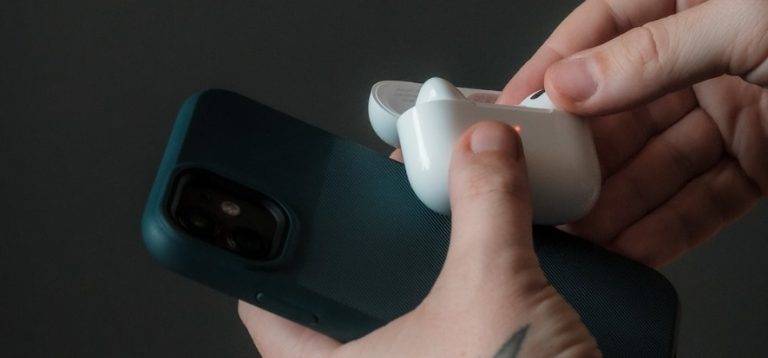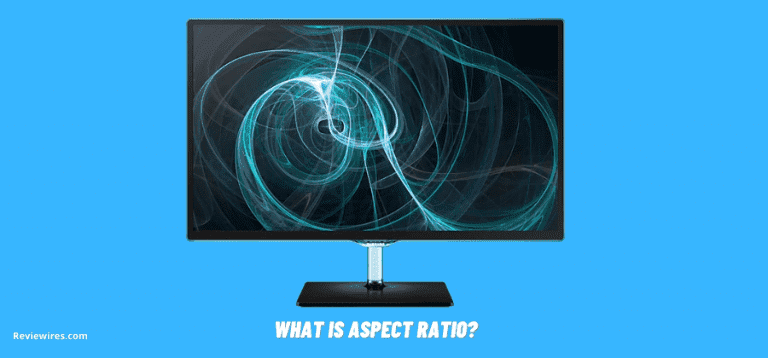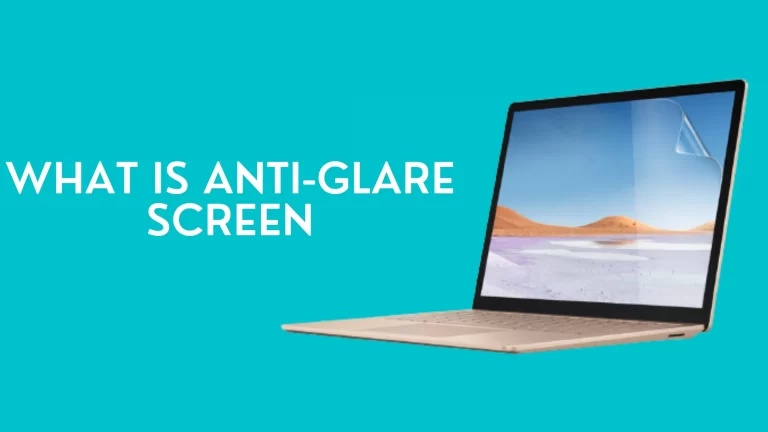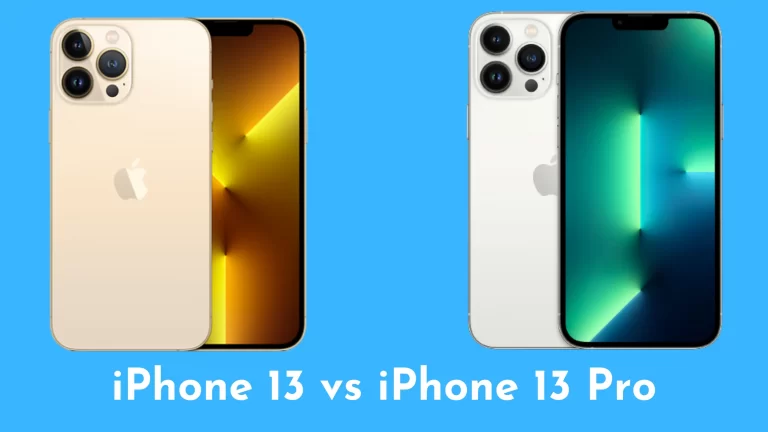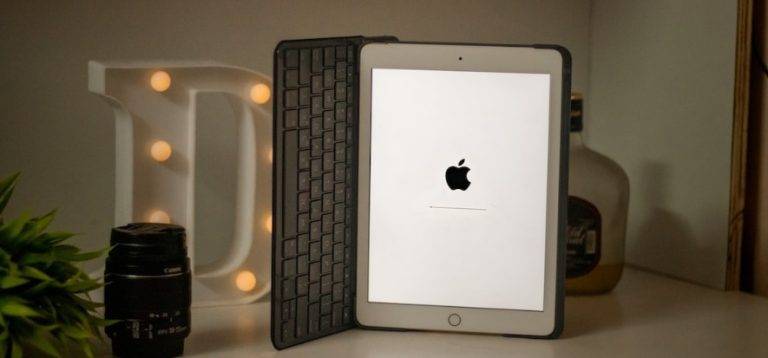What are the Best Brightness Settings For Protecting my Eyes?
A monitor’s brightness is one of the most important factors to consider when choosing one. A decrease in brightness can cause fatigue and impaired vision, so it’s important to find a monitor that is comfortable for you to use. There are a variety of monitors available on the market, so it’s important to find one that will fit your needs.
- What is the best brightness for your monitor?
- What are the best resolutions for monitors?
- How important is the contrast when watching video or reading?
- What size is the best for you?
- How much brightness should my monitor have?
- What viewing angle should I use for video and reading?
- Frequently Asked Questions
- Conclusion
What is the best brightness for your monitor?
There is no one-size-fits-all answer regarding what brightness should be used on a monitor. Some people prefer lower brightness levels while others find higher brightness levels to be too bright.
However, the best brightness for your monitor can largely depend on your personal preferences and viewing habits. Here are a few tips to help you choose the right level of brightness for your monitor:
1. Choose a monitor with a high enough contrast ratio. A good contrast ratio will ensure that each pixel on your screen is able to display its full range of colors effectively, making it easier to see details and videos.
2. Use monitors with a comfortable viewing angle. Most monitors have an adjustable range of angles, so make sure to check the product description to find out how much tilt or swivel you need in order to get the most efficient use of your monitor.
3. Choose a display with good color accuracy. Keep in mind that some monitors do not have the ability to regulate the brightness of their screen properly, so make sure to check your monitor’s calibration before you buy it.
4. Avoid using a bright monitor in an area where you sleep or rest. If you must use a bright monitor, try to adjust its brightness to your own level. Some people may find that their eyes adapt to the brightness of the screen and thus have trouble seeing at lower levels.
What are the best resolutions for monitors?
There are a lot of factors to consider when buying a new monitor. Brightness, color, and image quality are some of the most important ones.
A good rule of thumb is to aim for at least 300 cd/m2, but it’s always best to speak with an expert about the best settings for your particular monitor.
How important is the contrast when watching video or reading?
There are many factors to consider when purchasing a monitor. Some of the most important factors to consider include the monitor’s brightness, response time, color depth, and viewing angle. Brightness is an important factor to consider when deciding which monitor to buy.
A monitor with high brightness will make it easier for you to see what is on screen and also make it easier for you to read text and graphics.
Response time is another important factor when selecting a monitor. Responsiveness allows you to use the device quickly without having trouble understanding what is happening on screen.
What size is the best for you?
When choosing a monitor, brightness is one of the most important factors. When you’re watching videos or using other forms of digital media, your eyes need plenty of light to see the tiny details. A bright monitor can help you see everything clearly and comfortably.
How much brightness should my monitor have?
Brightness is one of the most important factors to consider when purchasing a monitor. A monitor’s brightness can be determined by its screen brightness setting, which allows you to adjust the amount of light your screen displays at all times.
Some monitors come with presets designed for specific viewing conditions, like daylight or darkness, so it’s important to review these before purchasing.
What viewing angle should I use for video and reading?
There are many factors to consider when selecting a display device, including the device’s viewing angle. For video and reading, selecting an angle that will allow you to see the content correctly is important.
When choosing a viewing angle for a video, it is important to remember that different devices produce different images at different angles.
This means that if you want to watch video on a small screen or use a device with a low viewing angle, you may need to increase the brightness of your monitor.
Conversely, if you want to view the video on a large screen or use a device with a high viewing angle, you may need to reduce the brightness of your monitor.
With so many devices available today with various angles and brightness levels, it can be difficult to determine which angle is best for your needs.
Blue Light Blocking Screens
Blue light is the highest frequency visible light on the spectrum and has been shown to cause increased fatigue and strain on the eyes than the other wavelengths of light. Thankfully there are screens designed to block this harmful light from reaching our eyes, and they are relatively inexpensive. Learn more about blue light screens here.
Frequently Asked Questions
What are the benefits of a higher brightness setting?
According to many, brightness should be the same on all monitors. However, some other factors can affect monitor brightness, typically related to their color gamut.
A color Gamut measures how well a monitor can reproduce colors in every possible hue and saturation. Some monitors have wider gamuts than others, which can affect how bright each image appears on the screen.
What are the brightness levels available on your monitor?
When it comes to choosing a monitor, there are a lot of factors to consider. The screen’s brightness is one of the most important ones to consider, as it affects how well you can see what’s happening around you.
A good rule of thumb is to ensure your monitor has at least 300 nits of brightness, equal to about 60 white light sources.
What brightness should I set my monitor to?
There are a lot of different brightness settings that can be used on monitors. Some people like to set their monitor to a higher brightness setting to see more details.
While others may want to use a lower brightness setting to conserve power, there is no right or wrong answer; it depends on the individual’s preferences.
Conclusion
In conclusion, brightness is an important factor to consider when choosing a monitor. Some monitors are brighter than others, so it is important to find one that will fit your needs.
How do I change the brightness setting on my monitor?
Monitors have three brightness settings – normal, brightest, and finest. To adjust the monitor’s brightness level, you first need to know how many lumens it produces.
This number is measured in cd/m2 ( Luminous Gray Units) and displayed on the monitor’s face.
To change the brightness setting on a monitor, first, ensure that your computer has a display of at least 350 cd/m2 of luminous intensity.
Then set the desired brightness level by referring to the table below and adjusting the appropriate number according to your screen size and personal preferences.

